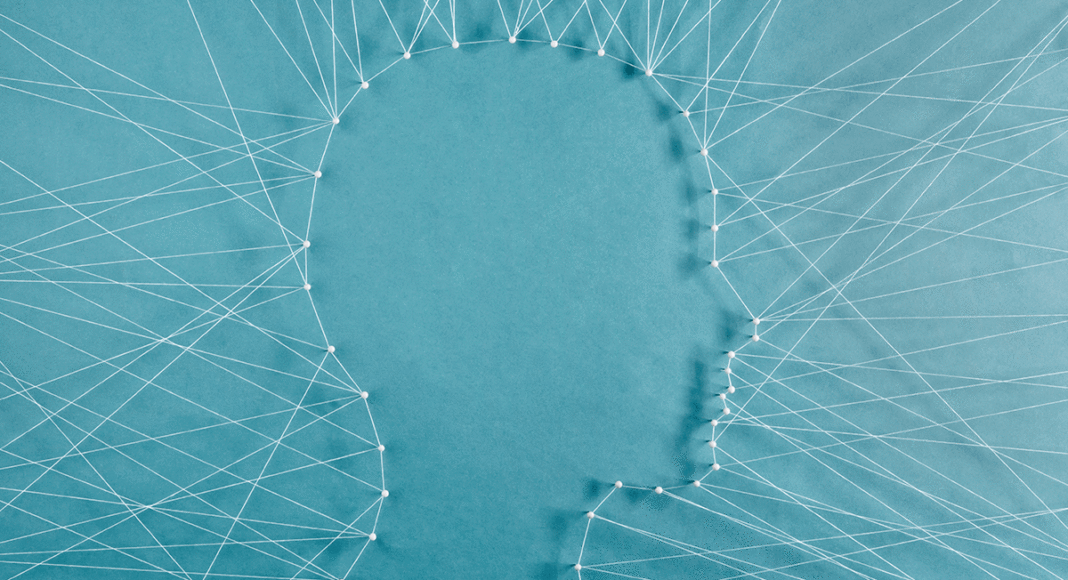“What is this salty discharge?” a befuddled Jerry Seinfeld wonders aloud as he wipes the tears from his eyes in an iconic scene from his namesake sitcom—a comedic take on the much bigger idea of male emotion and vulnerability, which even a few decades later can still feel quite foreign to many men.
Now, a first-of-its-kind set of psychological guidelines and increasingly active local community groups hope to change that by questioning male stereotypes in an effort to improve access and quality for mental health care.
Ironically, it was in the thick of the #MeToo movement that the American Psychological Association (APA) recently issued guidelines—for the first time in its 127-year history—focused specifically on treatment of men and boys. The association had released similar reports for girls and women, LGBTQ+ people, racial and ethnic minorities and older adults, but never for men.
At the root of the paper is a fundamental mismatch: “Boys and men, as a group, tend to hold privilege and power based on gender,” the report explains. But they also have disproportionately high rates of negative health and social outcomes, such as suicide, heart problems, violence, substance abuse, and incarceration. Along with the pressures of daily life, the psychological and emotional weight of these risk factors often go unaddressed. “Many men do not seek help when they need it, and many report distinctive barriers to receiving gender-sensitive psychological treatment,” the APA report notes
That male emotional needs are often relegated to the backburner, or sometimes left off the stove entirely, is a familiar phenomenon to the leaders of the Central Coast nonprofit Breakthrough Men’s Community, which offers support groups and educational resources in Santa Cruz and Monterey counties. “I was stunned that it has taken the APA 127 years to address this subject,” says Executive Director Chris Fitz.
Breakthrough was created in 1978 to help men end “non-productive, painful, or abusive aspects of their lives.” The group has since expanded to offer more local programs that cover everything from addiction to becoming an ally for other types of people. “The most powerful ingredient” in changing behavior, Fitz says, is still often first-hand stories from other men.
The APA’s own report echoes these sentiments, saying that research shows boys are taught from a young age to be “self-reliant, strong, and to minimize and manage their problems,” ultimately leading to “adult men who are less willing to seek mental health treatment.”
Attempting to behavioral constructs in any culture, let alone one as entrenched as mainstream masculinity, is certainly not an easy undertaking. Many of the APA’s new guidelines suggest that psychologists dig deeper into other facets of male identity—like race, sexuality or other variables—that in the past may have led to feelings of stigma. Breaking cycles of physical or emotional turmoil that can lead to violence—against women or otherwise—is another focus of guidelines that urge mental health providers to encourage healthy family and social relationships.
Santa Cruz and the Bay Area are among the many urban and suburban areas where non-traditional gender roles, co-parenting arrangements and stay-at-home dads have flourished thanks to legislation and some area companies’ more generous parental leave policies. Amid these broader cultural shifts, what groups like the APA and Breakthrough say is still missing are mental health services that acknowledge how times have changed.
For John Hain, a member of Breakthrough on the Central Coast for over 20 years, such change is often easier said than done. A former forensic pathologist, he says that seeing the results of “self-neglect”—suicide, substance abuse, other risky behavior—all motivated him to focus on the role of emotional imbalance.
“Challenges to these rigid mores are tremendously unsettling for many men,” says Hain.














